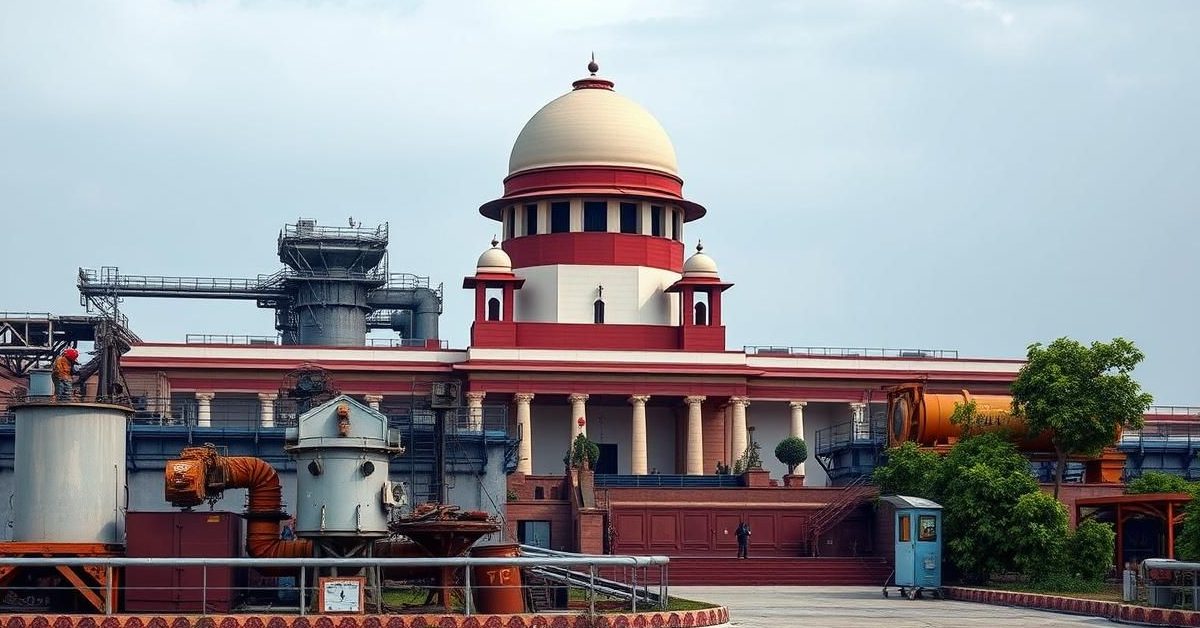India’s Economic Beacon: A Resilient Stand Amidst Global Storms
In an era defined by unpredictable shifts and escalating global uncertainties, the narrative emerging from the Indian economy paints a strikingly optimistic picture. Far from succumbing to the pervasive gloom, India is demonstrating remarkable fortitude, a beacon of resilience highlighted in a recent Reserve Bank of India (RBI) bulletin article. This assertion isn’t merely conjecture; it’s grounded in concrete data, with high-frequency indicators for May 2025 pointing towards robust activity across both the industrial heartlands and the sprawling services sector. It’s a testament to a nation navigating a tumultuous global landscape with surprising agility and strength.
Unpacking the Global Headwinds: Geopolitical and Economic Pressures
The world stage is currently a complex tapestry of challenges. Geopolitical tensions, from ongoing conflicts in Europe and the Middle East to simmering trade disputes across continents, have created an environment ripe with unpredictability. These external shocks ripple through global supply chains, inflaming commodity prices – particularly energy and food – and contributing to persistent inflationary pressures worldwide. Central banks in developed economies, including the U.S. Federal Reserve and the European Central Bank, have aggressively hiked interest rates to combat inflation, leading to concerns about a potential global slowdown or even recession. Against this backdrop, India’s ability to not just weather but thrive in such conditions is noteworthy.
The Pillars of India’s Enduring Strength
What underpins this extraordinary resilience? A multifaceted approach, coupled with inherent structural advantages, appears to be the answer. Crucially, India’s economy is predominantly driven by domestic demand, making it less vulnerable to external shocks compared to export-dependent nations. A burgeoning middle class, coupled with a young demographic, fuels consumption across diverse sectors. Furthermore, strategic government initiatives like the ‘Make in India’ campaign and various Production Linked Incentive (PLI) schemes have bolstered the manufacturing sector, fostering self-reliance. Robust infrastructure spending under projects such as the National Infrastructure Pipeline and Gati Shakti also provides a significant multiplier effect, stimulating economic activity and job creation.
High-Frequency Indicators: A Pulse of Prosperity
The RBI’s optimism isn’t abstract; it’s quantifiable. Indicators across various segments showcase undeniable momentum. For instance, Goods and Services Tax (GST) collections continue to register healthy year-on-year growth, reflecting strong consumption and formalization of the economy. Purchasing Managers’ Indices (PMI) for both manufacturing and services have largely remained in expansionary territory, signaling robust business activity and new orders. Automobile sales, a key barometer of consumer confidence, have shown encouraging trends, as have credit growth figures from banks, indicating a healthy appetite for borrowing and investment. These real-time data points collectively paint a picture of an economy that is not only moving forward but gaining pace.
Services Sector Ascendancy and Industrial Revival
The services sector, a powerhouse of the Indian economy, continues to be a major driver of growth. From IT and business process management (BPM) to tourism and hospitality, the sector has shown remarkable adaptability and expansion, contributing significantly to GDP and employment. Major IT hubs like Bangalore and Hyderabad continue to attract global investment, while the revival of domestic and international travel post-pandemic has breathed new life into related industries. Concurrently, the industrial sector, spurred by increased capacity utilization and strategic policy support, is showing signs of a sustained rebound, moving beyond initial pandemic-induced slowdowns. This dual-engine growth provides a stable foundation.
Navigating Future Challenges with Prudence
While the current outlook is bright, India’s economic stewards remain vigilant. The global landscape, with its inherent volatility in commodity prices and fluctuating capital flows, demands continued policy prudence. Managing inflation, maintaining fiscal discipline, and ensuring financial stability will remain paramount. The Reserve Bank of India, under Governor Shaktikanta Das, has demonstrated a calibrated approach to monetary policy, balancing growth impulses with inflation control. The ongoing efforts towards ease of doing business and attracting foreign direct investment (FDI) further solidify India’s position as an attractive investment destination, fostering long-term sustainable growth.
Beyond the Numbers: Confidence and Opportunity
Ultimately, economic resilience transcends mere statistics. It translates into real-world impact: job creation, improved living standards, and a burgeoning sense of confidence among businesses and citizens alike. In a world grappling with uncertainty, India’s economic stability offers a narrative of hope and opportunity. It underscores the nation’s pivotal role in the global economy, demonstrating that with strategic foresight and robust domestic foundations, even the most turbulent global storms can be weathered, paving the way for continued progress and prosperity.












